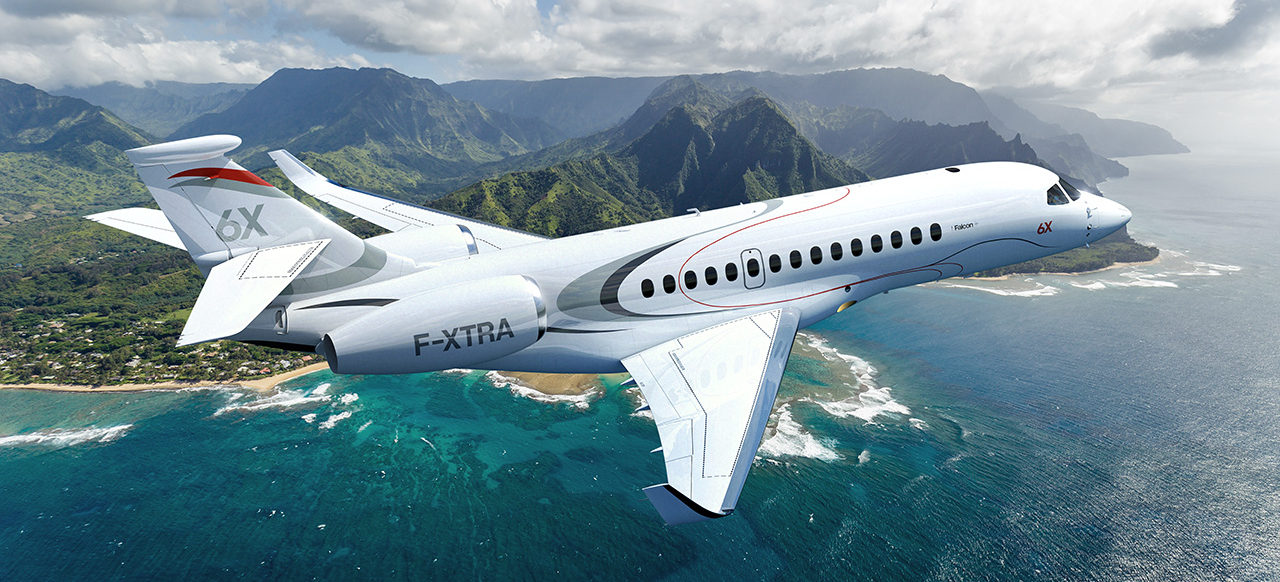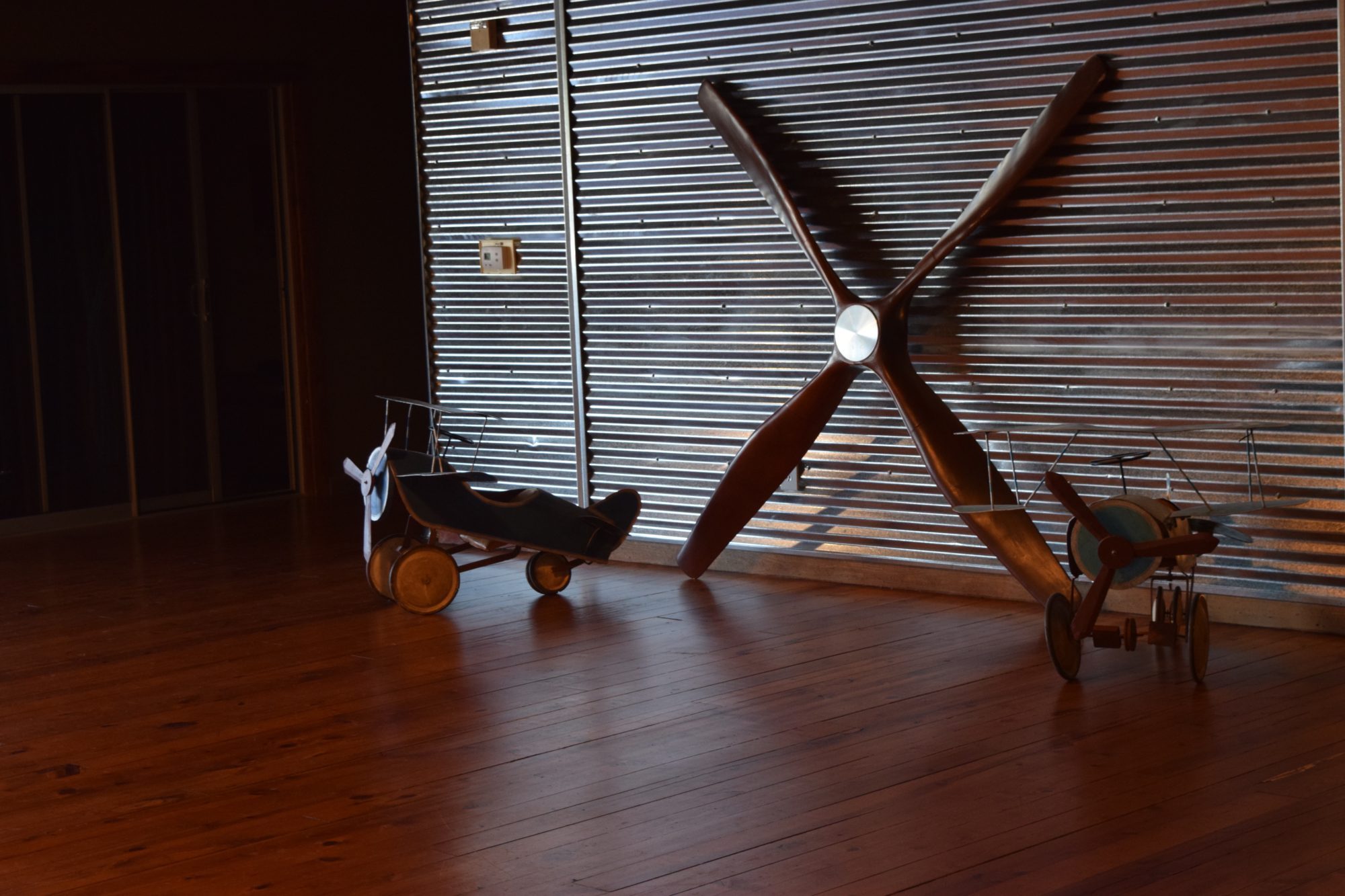
An Opinion by Chris Pratt
In the past few years, a recurring discussion I’ve heard popping up in business jet conferences is whether or not there are too many large jet models being offered by the OEMs and what should be done about it. Ultimately, and perhaps inevitably, the groupthink conclusion is: Let the market decide.
That strategy might work in the retail space where brands ultimately test their latest toothpaste or running shoe on store shelves (though I doubt seriously this is the case). For business jet OEMs, however, who spend several years and billions of dollars to get their product to market, this is just plain bad strategy.
In fact, this approach can bankrupt a company.
One can argue the exact number but, in order to make a profit, OEMs need to produce somewhere around 25 jets of each model per year. Keep in mind that the historical average deliveries for this segment is 180 jets per year. Add to that a market demand that is not growing. Now, do some simple math for a market that currently produces 13 different large/long-range jet models* with at least three more models due to enter service in the next three years. The math just doesn’t work.
Something has to give.
Surely the OEMs realize this is not sustainable, yes? Yet new product introductions such as the recent G700 announcement make one wonder.
If the OEMs are playing a game of one-upmanship, then I suggest it is a very risky strategy. If OEMs continue to chase the fantasy that the market can absorb enough production to make all these models profitable, then they are in for a very hard landing.
Is there a solution? Certainly. Rationalizing this market is not rocket science, but it does entail a disciplined and well-reasoned approach to research.
Having spent 40 years in business aviation marketing, much of which included market research for turbine products, I can tell you that, in general, business aircraft OEMs pay lip service to market research. I’m not referring to technical, aircraft performance research or listening to what flight departments say, but research on the market environment: the impact of a new model on market dynamics, realistic growth potential, sales and service strategies, how owner/operators feel about the use of business jets, e.g. cultural perceptions, expectations, political mindset, etc.
This approach is a difficult sell in an engineering driven industry, but is essential for creating a truly winning product that not only competes with other aircraft but with the heart, mind and wallet of the owner.
Unless and until the OEMs wake up to this reality, they are going to be unprepared when the next big business jet recession hits. Based on my research, I don’t think they’ll have long to wait.
Best regards,
Chris Pratt
January, 2020
Chris Pratt has more than 40 years experience in the business and general aviation market as a researcher, strategist, communicator and branding specialist. He currently serves as a consultant for William Ryan Group – Aviation. He can be reached at +1 214.208.2667 or email at [email protected].
* Large/Long-Range business jets include all current production jets with a range of at least 4,500 nm. Excludes converted airliner and corporate shuttles.
